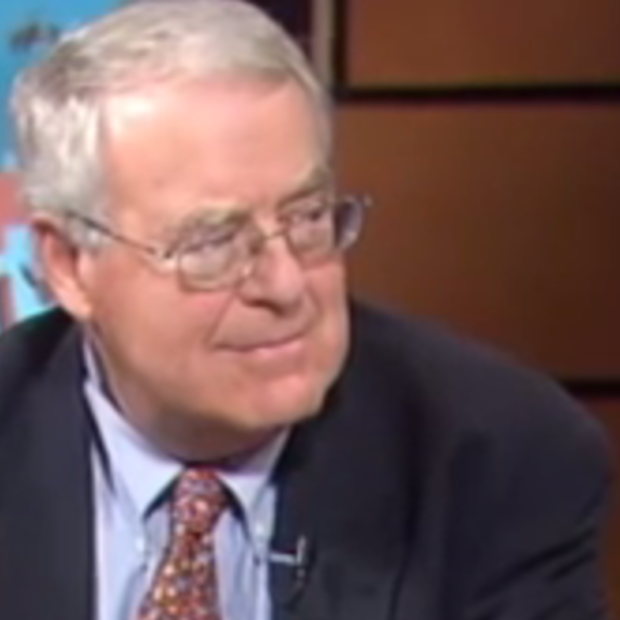To everyone who puzzles at why the transportation decision process seems so tangled and protracted, one answer might be that the very simple seems always to be made out to be more complex than it really is. And equally, the really complex is often made out to be simpler than it really is.
The great “co-lead” debate on the viaduct replacement project environmental impact statement is a perfect example of the first tendency.
So let’s keep this very simple, because it is. An environmental impact statement has a plain purpose: to assure that citizens (yes, citizens!) and public officials have before them a structured and useful body of information that results from taking a hard look at a project and some of its alternatives.
The viaduct replacement project has achieved great advantage by the city’s participation together with WSDOT in the preparation of the information in the environmental impact statement. The first draft environmental impact statement was published in 2004 and has been expanded and refined – even as alternative approaches for the project plan have been developed – ever since. Over the terms of three mayors, Seattle's Department of Transportation (SDOT) principally, but other city agencies as well, has worked day after day directly on these materials, side by side with WSDOT.
You can measure the scale and impact of that engagement in the thousands upon thousands of hours city staff have expended in shaping the analysis. Or look at the tall stack of submissions, comments, and papers originating in the city — all a matter of public record — that have worked their way into the analysis more effectively than ever would have been the case had the city not participated as it has.
By the way, the process continues with a 45-day comment period for everyone that begins when the new document actually emerges from the printer late this month.
Mayor Mike McGinn may not particularly value how a tunnel on the waterfront would benefit the city. Perhaps he has in mind his own approach, as yet undisclosed, for the public’s scrutiny and probably full of untested and un-analyzed assumptions. But his fuss about the co-lead status on the environmental analysis to date is a red herring if ever there was one.


